Conservation
The Conservation unit conducts conservation work on artefacts, art, furniture, textiles and paper. The unit uses specialty devices and methods not found elsewhere in Finland.
Using the museum collections for the benefit and joy of the modern-day audience while also preserving them for the future requires active conservation measures. This work is conducted by the National Museum’s conservators, specialised in various artefact groups and materials, in the museum’s facilities that were completed in 2016 and are equipped for large-scale conservation work utilising the latest methods and devices.
The Collections and Conservation Centre in Vantaa has facilities for artefact, art, furniture, textile and paper conservation, as well as several multi-purpose rooms. The centre uses many types of specialty devices and methods that are tailored specifically for conservation and are not available anywhere else in Finland.
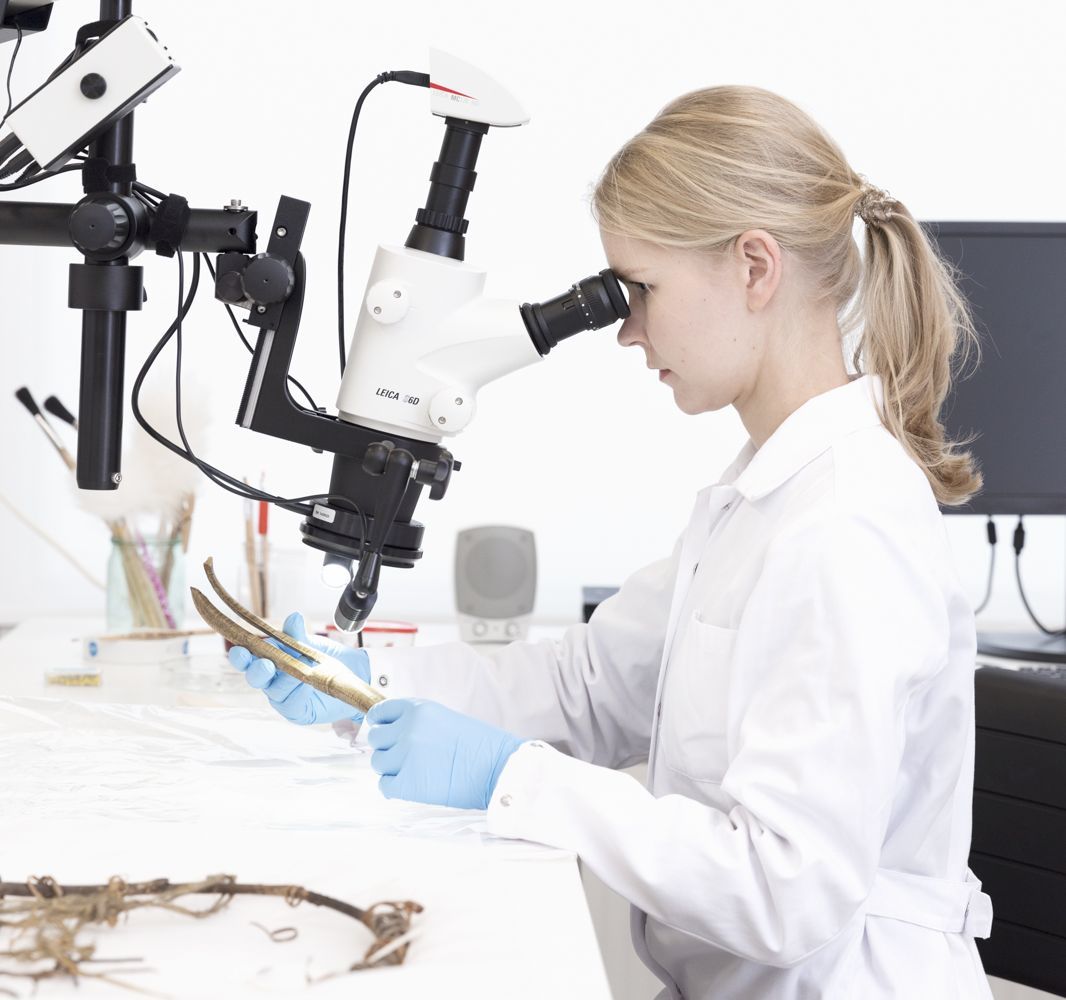
A spacious X-ray room and the industrial-scale digital X-ray machine enable the study of larger objects. Also the XRF (X-ray Fluorescence) and FTIR (Fourier Transform Infrared Spectroscopy) devices, among others, make research and material analyses easier. The 5-metre vacuum freeze dryer allows for high-quality and large-scale conservation of discoveries from shipwrecks and other wet organic material.
The aim of the conservation work is to preserve the collections in as good a condition as possible, so that the artefacts can be utilised in activities involving exhibitions, research, loaning, communication and the general public. The Conservation unit gives advice on matters concerning conservation and, where possible, provides conservation services for communities and private individuals for a fee.
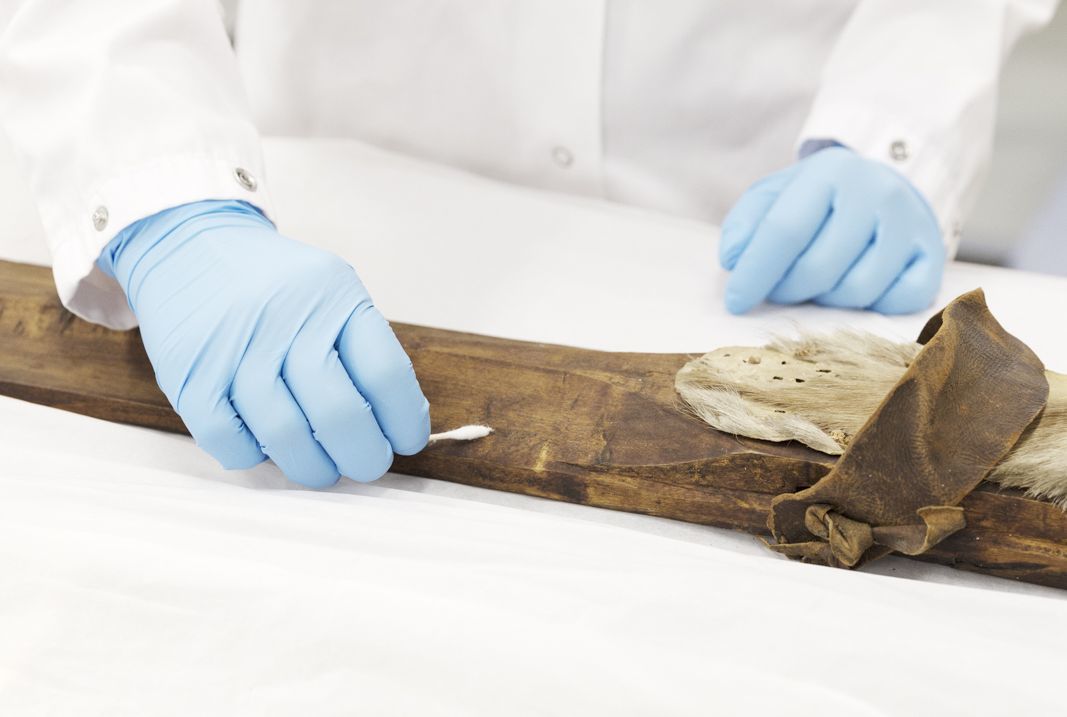
Artefacts
The conservation work at the National Museum began at the end of the 19th century with the conservation of archaeological discoveries in the chemistry laboratory. The conservation and research of archaeological discoveries continue to be an important part of the current artefact conservation work, as well. In addition, the conservators work with a vast array of cultural-historical objects and underwater discoveries of varying material.
Funiture
The responsibilities of a furniture conservator include finding solutions to conservation challenges related to the structures and surface finishing of different types of furniture and wooden objects.
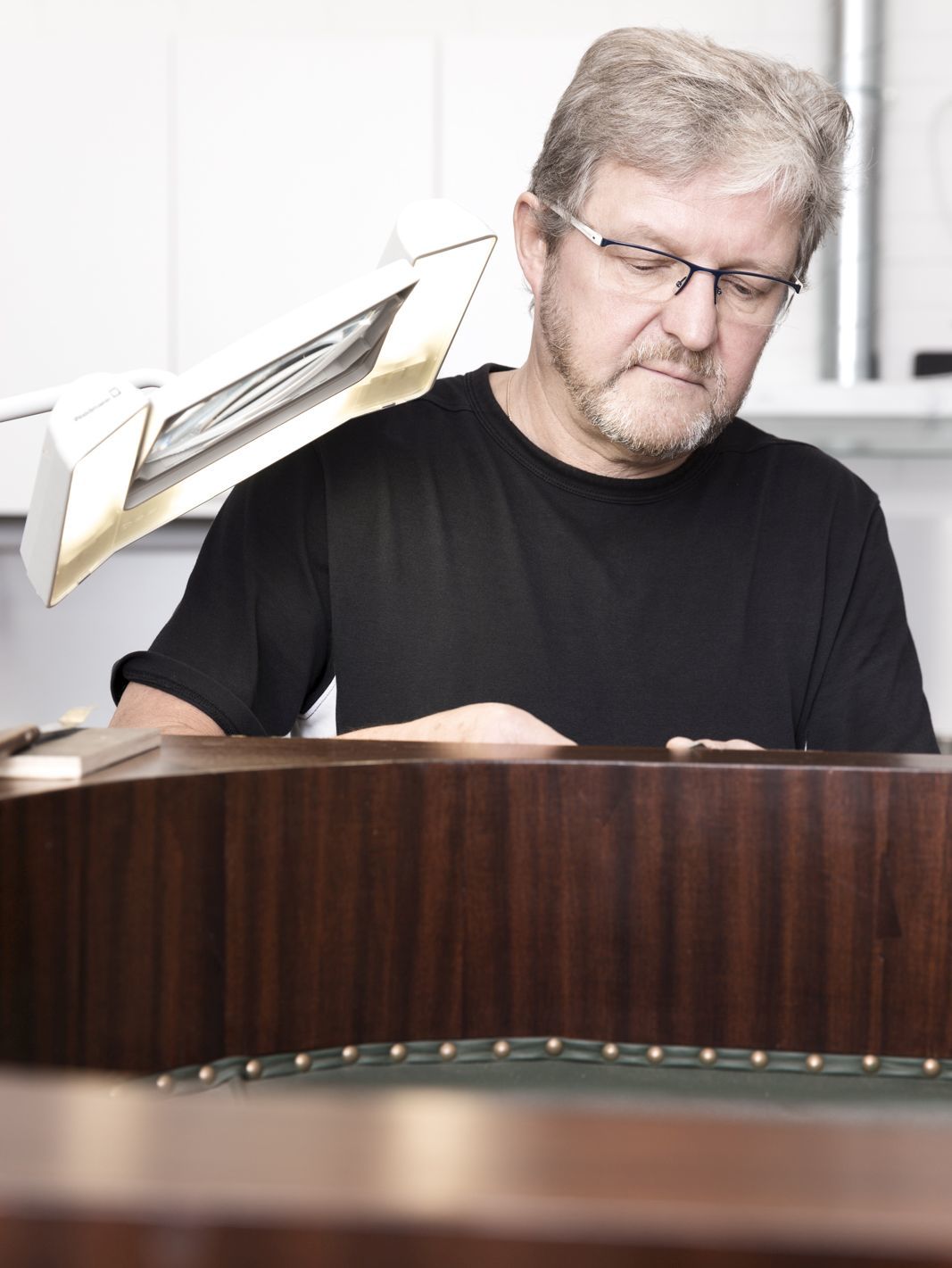
Paper
Paper conservators work with various kinds of paper objects and art created on paper using different techniques, drawings and prints, as well as the objects’ old and new frames, support structures and protective materials.
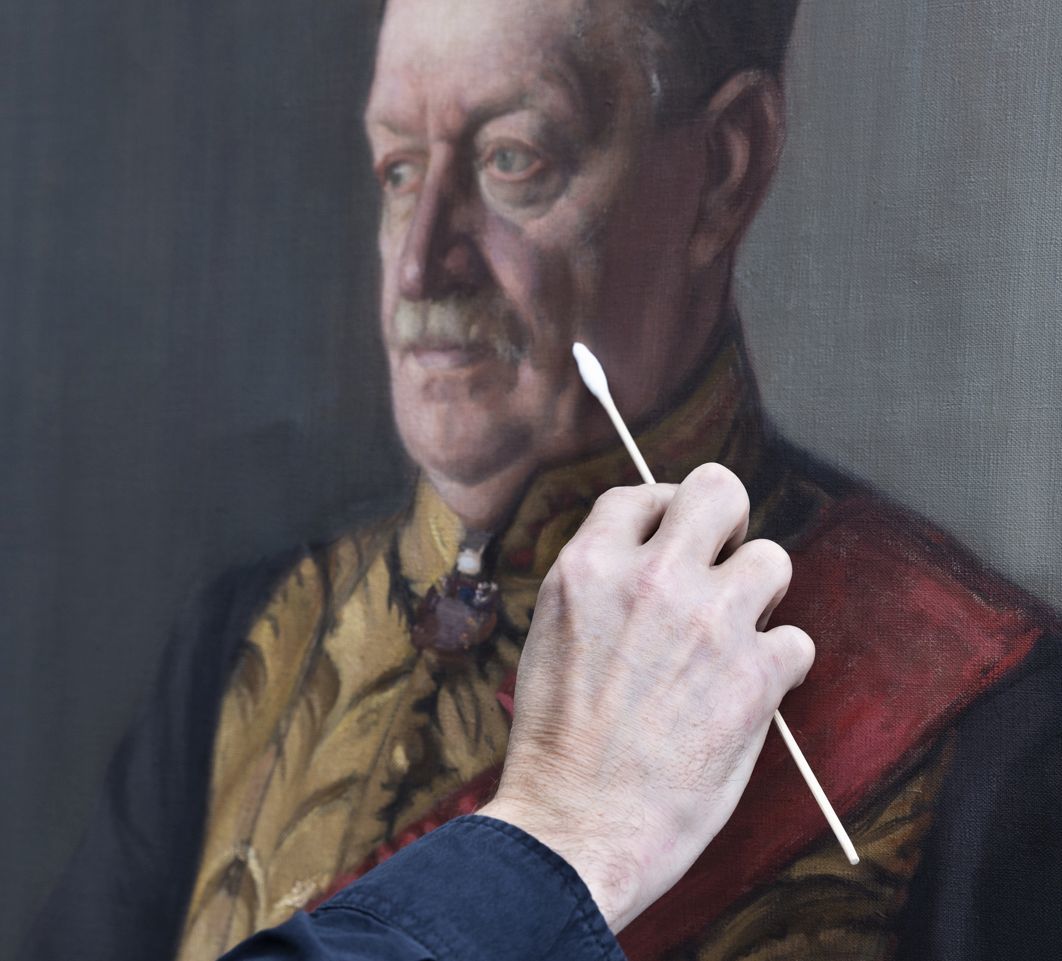
Art
Art conservators are in charge of the paintings and sculptures in the collections, their support and protective structures and decorative frames.
This type of conservation mainly focuses on preserving the pieces’ original characteristics by restoring their varnish, paint and undercoat layers and structures.
Textiles
The work of textile conservators involves the conservation of items made from different textiles and items that consist of several materials, including textile. The work requires extensive knowledge of the materials, structures and potential causes for damage.

Research
Observing and studying artefacts through various methods is part of the conservation process.
The study methods vary from simple visual and microscopic observation all the way to highly developed scientific methods of material analysis and imaging.
X-ray imaging is particularly useful for studying archaeological metal objects and paintings, but the Conservation unit’s large-capacity digital X-ray equipment also allows the researchers to study furniture and other bigger artefacts. Portable XRF (X-ray Fluorescence) and FTIR (Fourier Transform Infrared Spectroscopy) devices are used to analyse the materials of museum artefacts in order to further develop the conservation methods and promote the study of artefacts.
The studies are conducted in collaboration between researchers, universities and other research institutes.
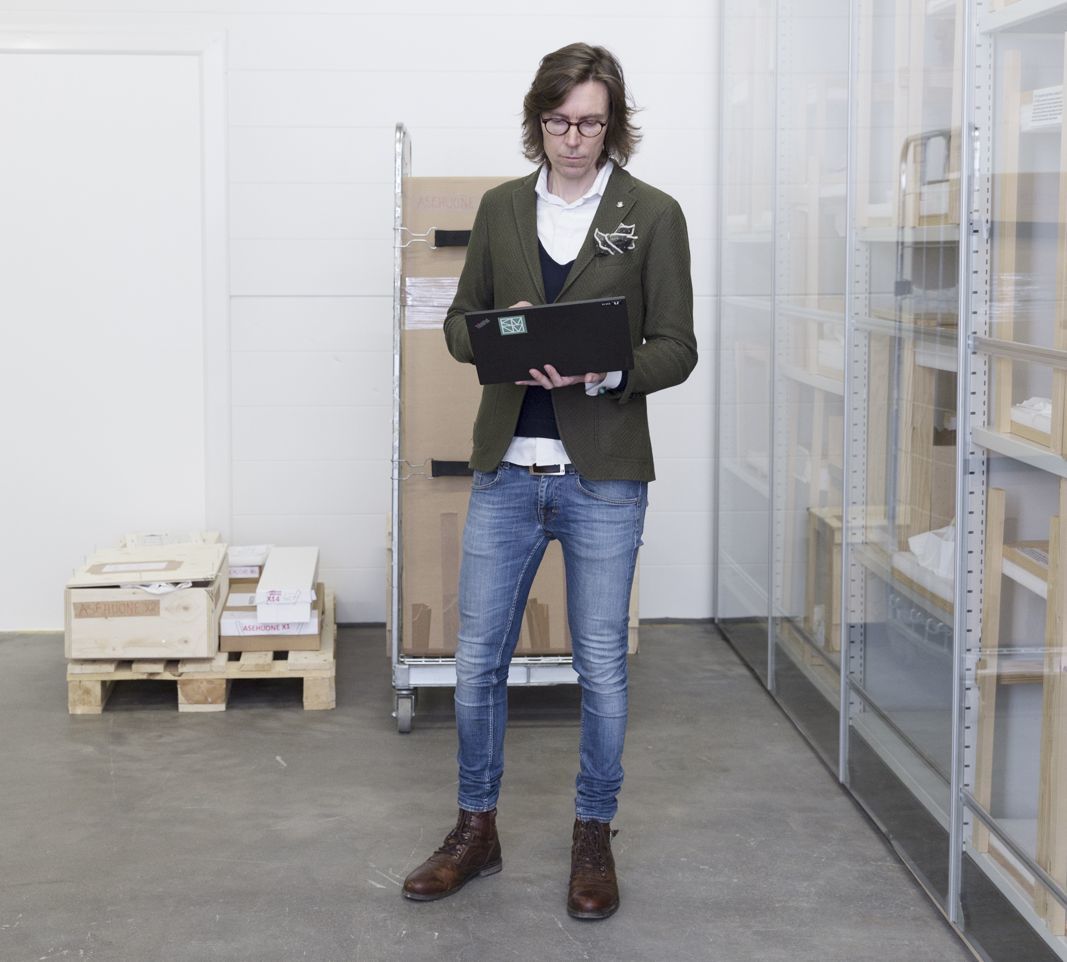
For more information, please contact:
Eero Ehanti, tel. +358 (0) 295 33 6139, eero.ehanti@kansallismuseo.fi